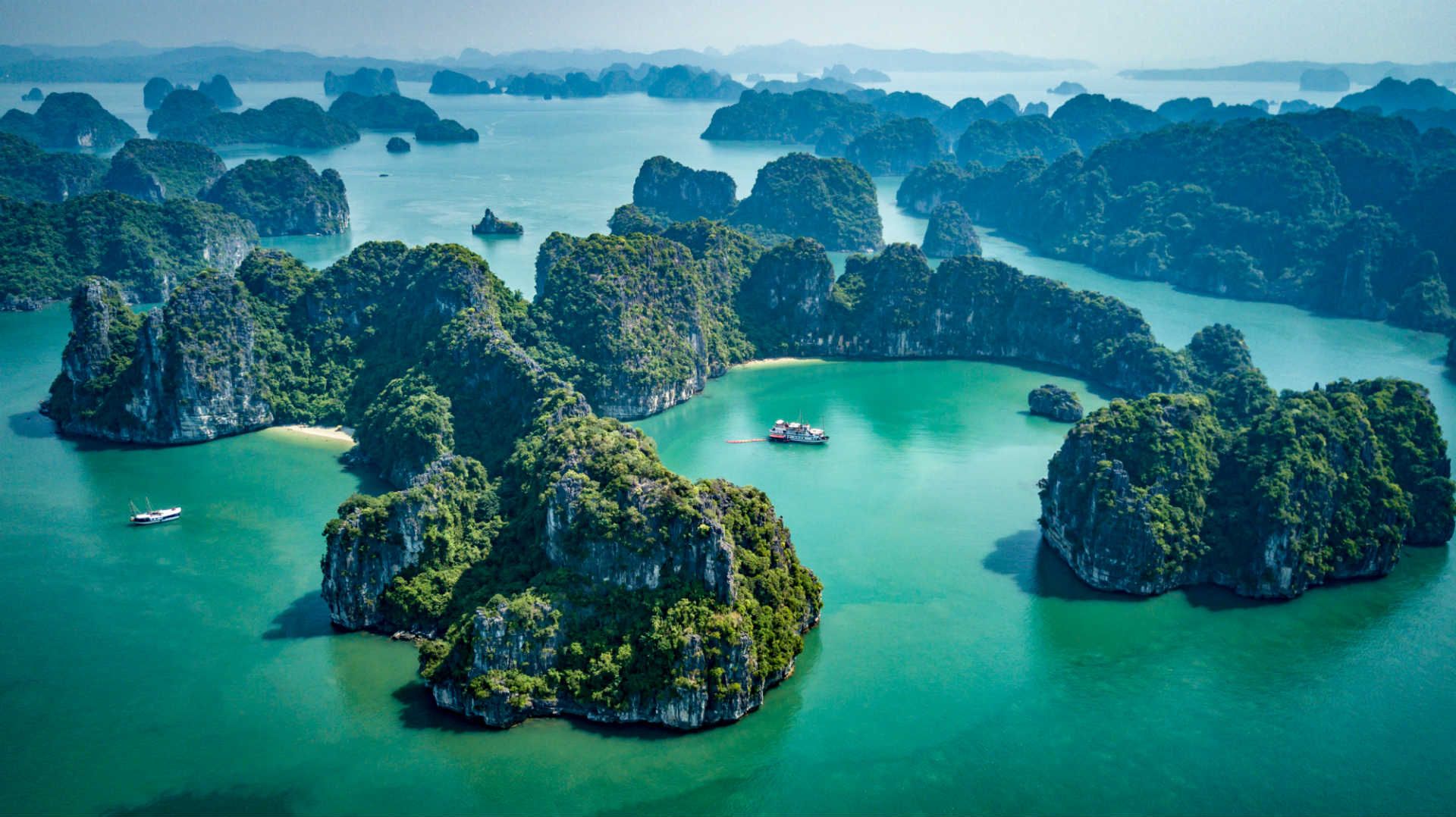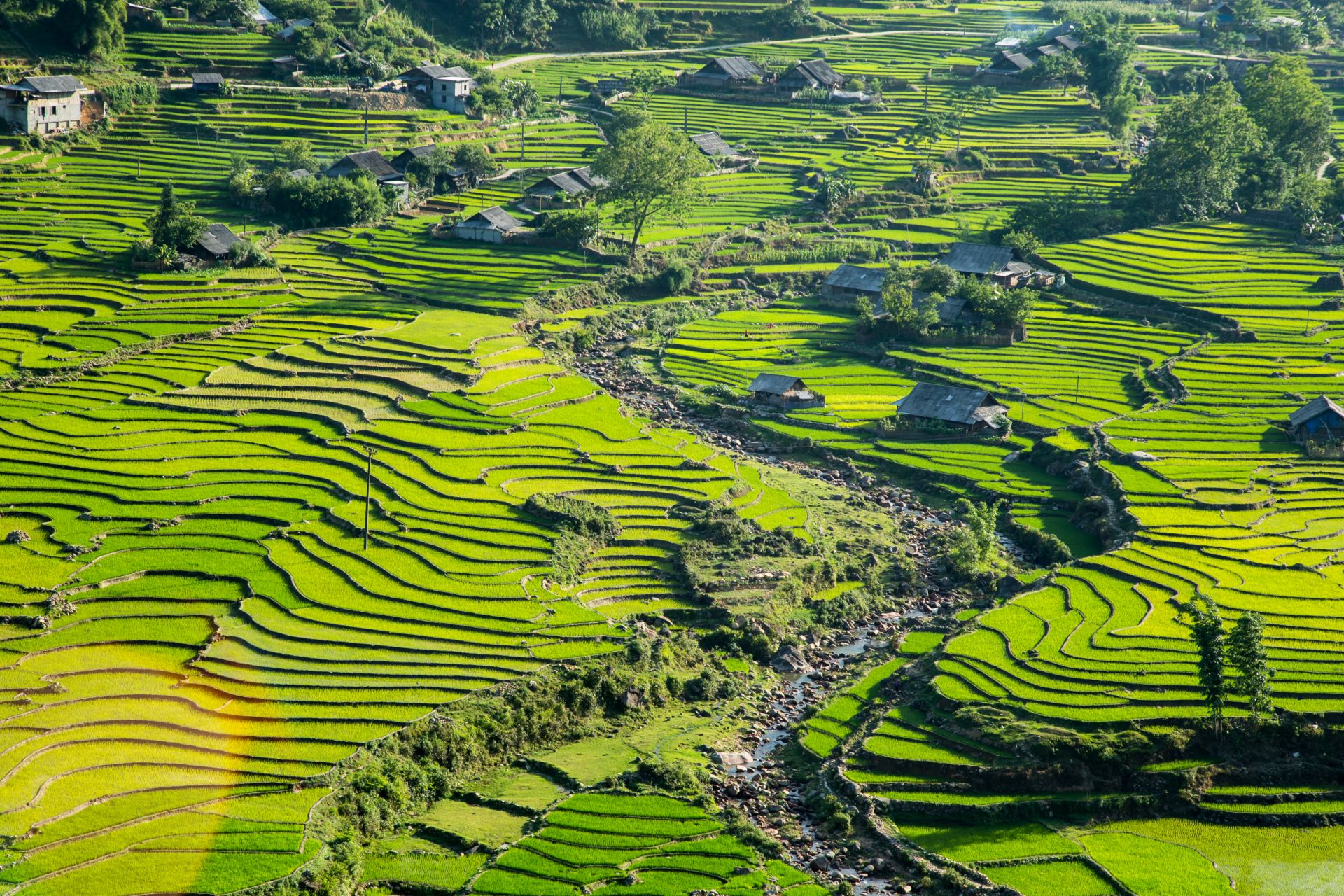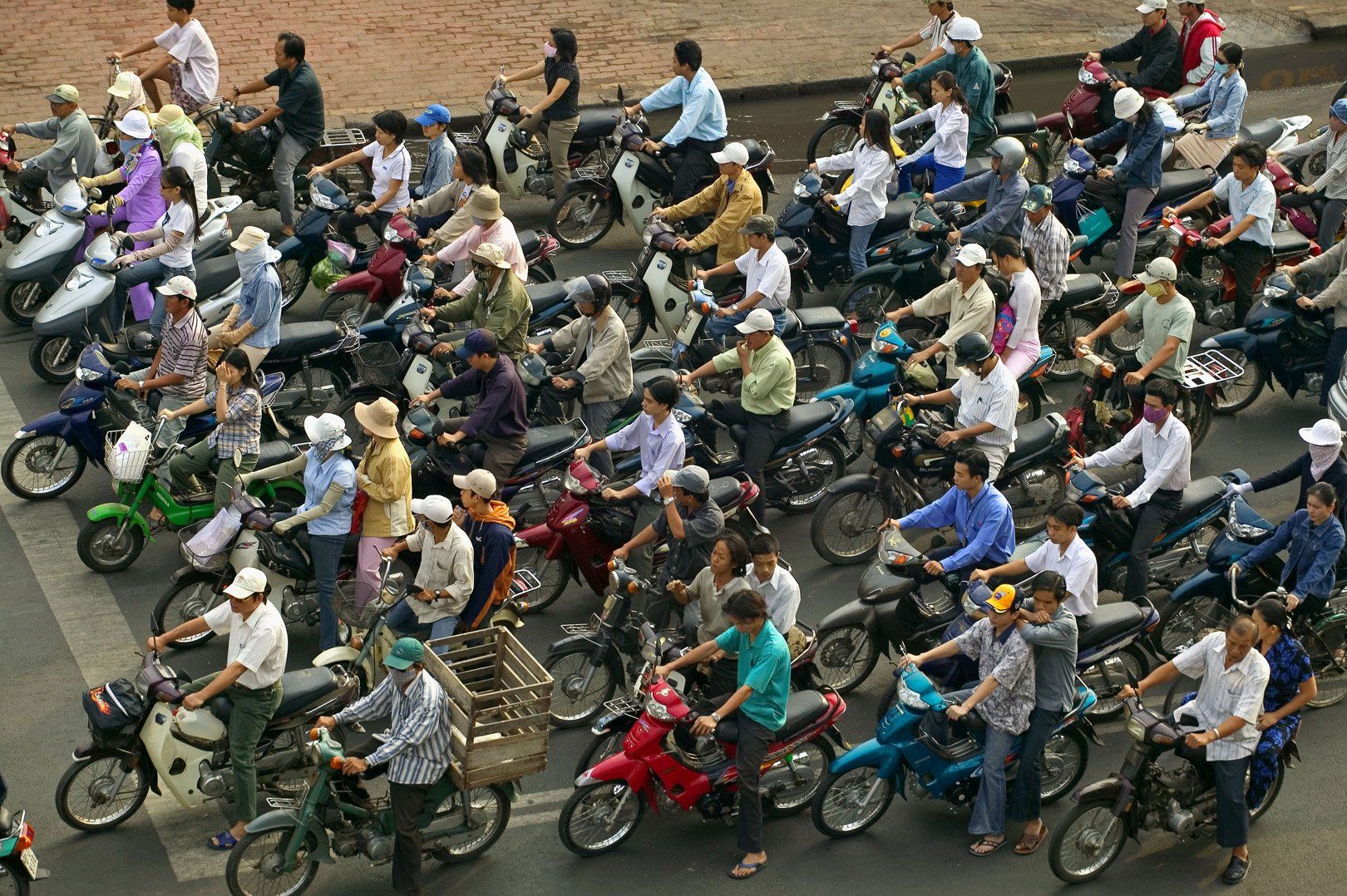Day 11: Hue to Hoi An
Travel time: 3 hours via Hai Van Pass
Spend the morning of day 11 of this Vietnam itinerary visiting Hue’s Imperial Citadel. It’s a huge complex that used to be the center of Vietnam’s royal government. Once you walk through the Ngo Mon Gate, it opens up into wide courtyards, crumbling palace walls, and carefully restored areas. It was modeled on Beijing’s Forbidden City but feels distinctly Vietnamese, especially in the layout and gardens.
From here, you are headed to Hoi An. The drive follows the Hai Van Pass, a winding road through green hills with long views down to the sea. There’s a spot at the top where most drivers stop so you can get out and take it all in. From there, you head down toward Danang, then on to Hoi An.
Insider’s tip: A private car is worth it for this stretch. You can stop along the way at Lang Co Beach or check out the caves and pagodas at the Marble Mountains.
Day 12: Hoi An
Travel time: 1.5-hour evening flight to Ho Chi Minh City
Hoi An’s old town is small enough to explore on foot, and it’s easy to get your bearings in a morning stroll. Many of the buildings here used to be merchant houses, and you’ll see a mix of Chinese, Japanese, and Vietnamese architectural details.
The Japanese Covered Bridge dates back to the late 1500s and connects two of the old town’s main streets. A few of the Chinese assembly halls are open to the public. The Chaozhou hall stands out for its carved wood panels and large incense spirals hanging from the ceiling.
The central market is right by the river and always busy, especially in the morning. You’ll find fresh herbs, fish, fruit, spices, and tailors calling out from behind bolts of fabric. When you’re ready for a break, there are smaller teahouses scattered through the old town where you can sit and learn a bit about local tea traditions.
In the evening, board your flight to head to Ho Chi Minh City. The closest airport is in Danang, about 45 minutes away. Flights to Ho Chi Minh City run regularly with several airlines.
Insider's tip: If you're planning to get clothes made, stop by a tailor first thing in the morning. Many of them can finish basic garments by late afternoon.


























